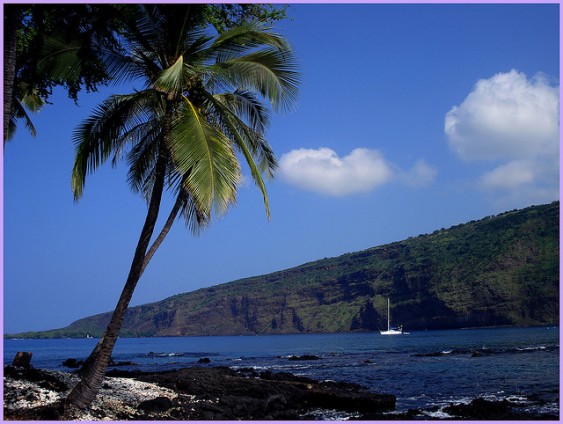Hawaii-philes may know that June 11 is Kamehameha Day. And that makes for a good excuse to recall the Northwest’s surprisingly strong connection to Hawaii, one that’s embedded in the region’s history and still reflected in its demographics.
Let’s start with the history. The connection began when Captain James Cook, in his third major voyage, became the first European to “discover” Hawaii—he called them the Sandwich Islands—in January 1778. Continuing east, he reached the Northwest coast in March where he named Oregon’s Cape Foulweather and Washington’s Cape Flattery before exploring the west coast of Vancouver Island and parts of Alaska.
Cook was killed on his return to Hawaii in 1779. Yet his voyage forged a bond between Hawaii and the Northwest when his crew discovered that sea otter pelts they had obtained on Vancouver Island had big time market potential.
In one of the first instances of genuinely trans-Pacific commerce, Cook’s expedition took the pelts to China, where they turned a tidy profit, thereby ushering in an international fur bubble so intense that it nearly wiped the sea otters off the map. As the sea otter rush accelerated, the English Hudson’s Bay Company and other traders often hired Native Hawaiians, who were expert paddlers and seamen, to hunt otters in the Northwest.
In time, adventurous Hawaiians employed in the Northwest branched out into what was then the Oregon Territory and beyond. Hawaiian laborers worked in salmon canneries, and they worked as fur trappers, fruit pickers, cowboys, sheepherders, and ranchers. Often kept at arm’s length by local white communities, some Hawaiians integrated into the Northwest tribes, eventually living out their days on the mainland.
The evidence of the Native Hawaiians’ history in the Northwest can still be seen on a map, if you know what to look for. “Owyhee,” the 19th century English corruption of “Hawaii,” is the name of a county in Idaho, a mountain range in Nevada, and a major river in Oregon. “Kanaka,” the Chinook jargon term for Native Hawaiians, is the name of a creek near the Columbia River and a bay on San Juan Island. Nearby to Kanaka Bay, Friday Harbor was named for Hawaiian Joe Friday. And the southwest Washington city of Kalama is named for John Kalama, a Native Hawaiian who settled in the area in the 1830s working in the fur trade. Kalama still holds a civic celebration every summer to commemorate the region’s Hawaiian connection.
The influence went both ways too. For example, the “traditional” Hawaiian dish of lomi lomi—raw salmon cured with salt, then minced with tomatoes and onions—could not have originated in Hawaii, as salmon is a strictly cold water fish found only in the north. Some believe that the original version of the dish was introduced by early 19th century whalers or traders who plied the waters between the Northwest and Hawaii, but others suggest that it was brought back by Hawaiians returning from work in the Northwest.
The Northwest still has a relatively large population of Hawaiians, a function not just of proximity but also of a history that’s worth commemorating.










